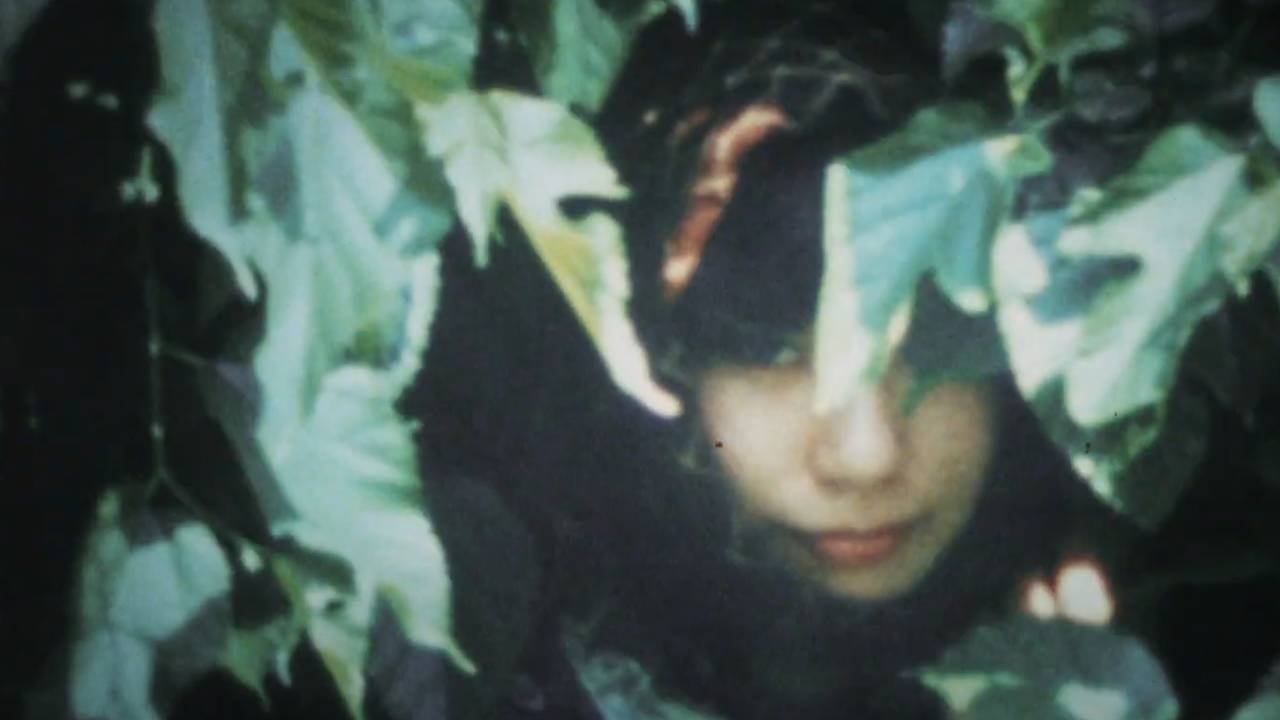
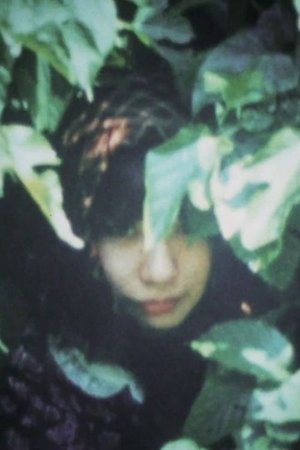
Spiral Labyrinth(1982)
Drawing animation, Reshooting 8mm Film.
Movie: Spiral Labyrinth
Top 1 Billed Cast

Rasen meikyuu
HomePage
Overview
Drawing animation, Reshooting 8mm Film.
Release Date
1982-01-01
Average
0
Rating:
0.0 startsTagline
Genres
Languages:
No LanguageKeywords
Similar Movies
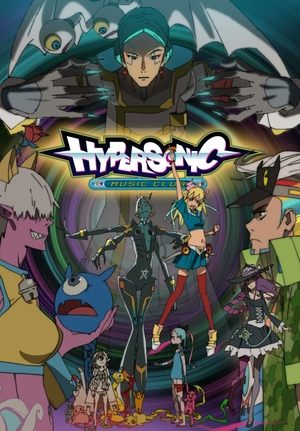 10.0
10.0HYPERSONIC Music Club(ja)
In 2017, a short anime film called Hypersonic Music Club was produced in Japan. It was directed and written by Osamu Kobayashi, a veteran of the industry who passed away in April 2021. For various reasons, this short anime was never released. It was made public on August 1, 2023.
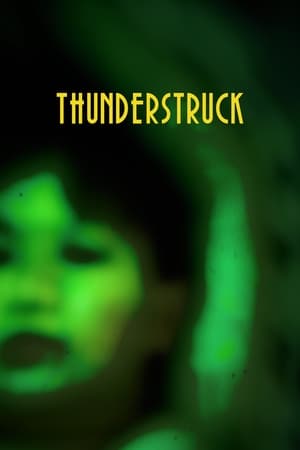 0.0
0.0Thunderstruck(en)
Flashing lights explode across an apartment as images of a naked woman in bed flicker in and out. Light paintings and projections illuminate a space of confrontation and an assault on the senses.
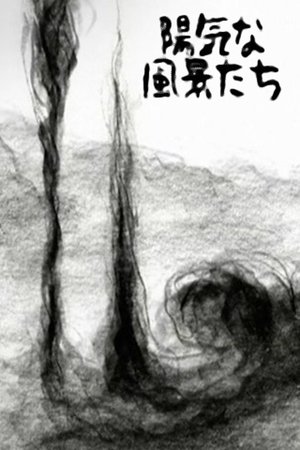 0.0
0.0Wealth of Vision(ja)
An experimental film created from 3 years worth of abstract pencil drawings with the goal of being a catalyst for unveiling a new mental landscape in viewers.
 0.0
0.0Corner(pt)
The corner of a street is matched and mixed with the chant of a bird recorded on that same street. A symbiotic relationship is triggered: the rapid and successively repetitive montage cuts between the image of the street and the corners of the video frame itself produce new textures and shapes in our brain, whilst the sound follows the same rhythmic movements by emphasizing different “corners” (frequencies) from the bird’s singing. The energetic potency stemming from the junction of these elements creates a new image that is almost tactitle, maleable and rippling. The result is a somewhat humorous operation of the portuguese word "corner" throughout the different stages of making the piece, finally unveiling a piercing physical and kinetic experience for all the corners of our eyes and ears.
 0.0
0.0Luminare(en)
Abstract video art by John Sanborn and Dean Winkler. Dedicated to Ed Emshwiller.
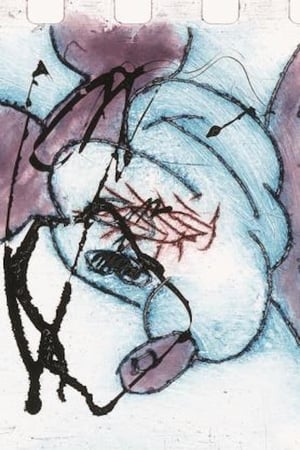 0.0
0.0Metamorphoses I(xx)
For the multimedia exhibition Tangenten I (Tangents I), Dammbeck and co-organizer, sculptor and painter Frieder Heinze had planned to collaborate on a film that would combine non-camera animation with 35mm footage of a train ride between the two Dresden districts of Radebeul and Pieschen. When the exhibition was banned in 1978, Heinze turned to other projects, but Dammbeck continued working on the film by himself. Metamorphoses I—the first experimental film ever to be shown publicly in East Germany—marks the filmic beginning of Dammbeck’s long-term art project the Herakles-Konzept (Hercules Concept).
 0.0
0.0Glimpse(xx)
With the abundance of antiques and culture in Jordan, you can only see so much of the essence of traditional craftsmanship in a blink of an eye. This film showcases the beauty of old Hong Kong, all in a glimpse of textiles, flasks, paintings and statuettes.
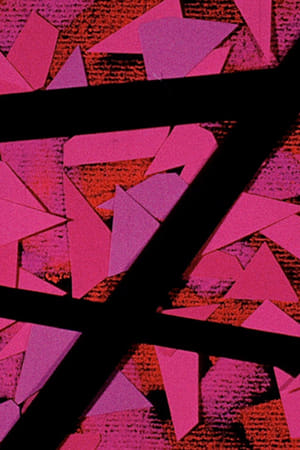 6.8
6.8Shearing Animation(xx)
An abstract animated film inspired by the work of jazz musician Chico Hamilton.
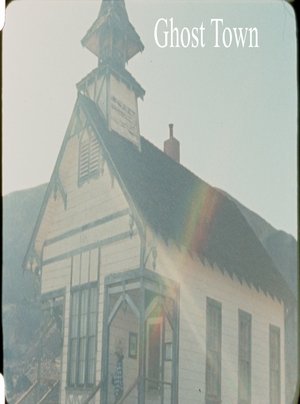 6.5
6.5Ghost Town(en)
Seraphim Cloud and his life size doppelgänger enter the netherworld of Calico Ghost Town deep within the Mojave Desert.
 0.0
0.0Gemini(en)
Sarah and her two cats go about their separate lives. The cats have strange dreams about their desires, and Sarah develops an unshakable paranoia that something is wrong with them. Sarah's paranoia bleeds into her social life, and her two cats have their dreams come true.
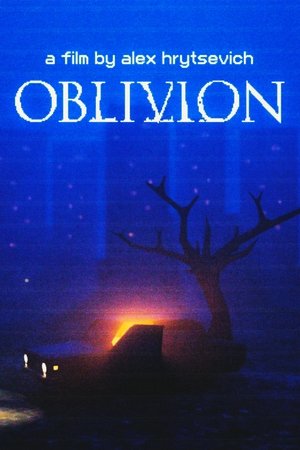 0.0
0.0Oblivion(ru)
A lone passenger is reflected in the windows of a train crawling through layers of textures towards Minsk. During his absence, the city has not changed: all the streets are frozen, long-gone voices can be heard in the empty rooms and around the corner you can find yourself in a video game from your childhood.
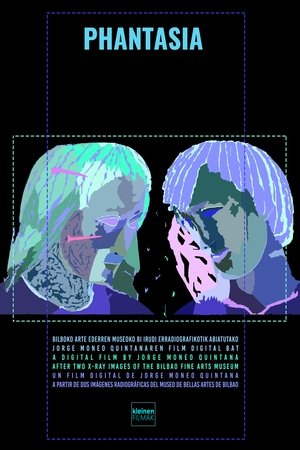 8.0
8.0Phantasia(xx)
X-ray images were invented in 1895, the same year in which the Lumière brothers presented their respective invention in what today is considered to be the first cinema screening. Thus, both cinema and radiography fall within the scopic regime inaugurated by modernity. The use of X-rays on two sculptures from the Bilbao Fine Arts Museum generates images that reveal certain elements of them that would otherwise be invisible to our eyes. These images, despite being generally created for technical or scientific purposes, seem to produce a certain form of 'photogénie': they lend the radiographed objects a new appearance that lies somewhere between the material and the ethereal, endowing them with a vaporous and spectral quality. It is not by chance that physics and phantasmagoria share the term 'spectrum' in their vocabulary.
We Go Past Future(en)
"We Go Past Future" is an experimental paper collage film by Anna Malina. The film reimagines a series of Soviet films from 1919 to 1953, blending them into a unique visual narrative.
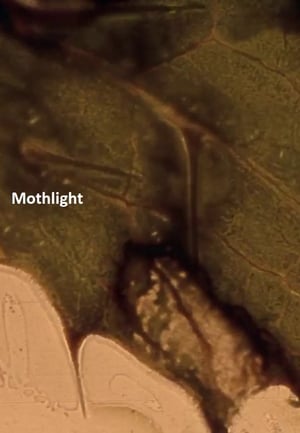 5.7
5.7Mothlight(en)
Seemingly at random, the wings and other bits of moths and insects move rapidly across the screen. Most are brown or sepia; up close, we can see patterns within wings, similar to the veins in a leaf. Sometimes the images look like paper cutouts, like Matisse. Green objects occasionally appear. Most wings are translucent. The technique makes them appear to be stuck directly to the film.
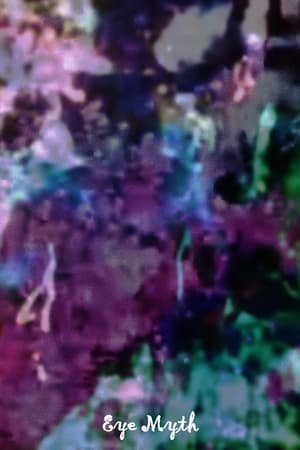 5.4
5.4Eye Myth(en)
After the title, a white screen gives way to a series of frames suggestive of abstract art, usually with one or two colors dominating and rapid change in the images. Two figures emerge from this jungle of color: the first, a shirtless man, appears twice, coming into focus, then disappearing behind the bursts and patterns of color, then reappearing; the second figure appears later, in the right foreground. This figure suggests someone older, someone of substance. The myth? Preserved by the Academy Film Archive in 2012.
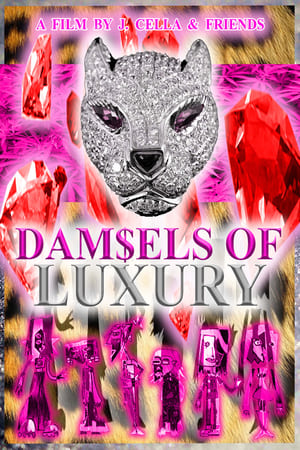 0.0
0.0Dam$els of Luxury(en)
Amanda's stoner slumber party is put to a halt when one of her guests is nowhere to be found.


